Impact of Fatigue and Sleepiness on the Incidence of Occupational Accidents in the Preparation, Construction and Manufacture of the tire Industry
Resumen
The research focused on analyzing the influence of long working hours on safety in the tire industry, especially in preparation and manufacturing areas. Rather than assuming fatigue as a given problem, the objective was to understand how physical and mental exhaustion relate to workplace mistakes and accidents, based on workers' real experiences. A total of 160 employees, all working shifts longer than 10 hours, participated by completing two standard questionnaires: the Karolinska Sleepiness Scale and the Chalder Fatigue Scale. To bring out that larger context, some follow-up interviews were conducted as well, in which workers described of fatigue in their own terms. Accident records from the year before were thrown into the mix, and all of it was run through SPSS. The findings were not surprising, but they were dramatic nonetheless: increased levels of fatigue were highly correlated with an increase in errors, who were fatigued respiratory rate. The results also suggested that fatigue is one of the major contributors to human error and causing workplace accidents in the organizations with high-intensity work and long and hard workdays. It is a common assumption that longer working hours may negatively affect both the physical and mental ability of workers.
Descargas
Citas
Banks, S. & Dinges, D.F. (2007). Behavioral and physiological consequences of sleep restriction. Journal of Clinical Sleep Medicine, 3 (5), 519-528.
Behrens, M., Husmann, F. & Weippert, M. (2022). Fatigue and Human Performance: An Updated Framework. Frontiers in Physiology.
https://pmc.ncbi.nlm.nih.gov/articles/PMC9807493/?utm_source=chatgpt.com
Belenky, G., Wesensten, N.J, Thorne, D.R, Thomas, M.L, Sing, H.C, Redmond, D.P & Balkin, T. J. (2003). Patterns of performance degradation and restoration during sleep restriction and subsequent recovery: a sleep dose-response study. Journal of Sleep Research, 12 (1), 1-12.
Caldwell, J.A., Mallis, M.M., Caldwell, J.L., Paul, M.A., Miller, J.C. & Neri, D.F. (2009). Fatigue countermeasures in aviation. Aviation, Space, and Environmental Medicine, 80 (1), 29-59.
CDC. (2023). Reducing Fatigue in the Workplace. Recovered from
https://archive.cdc.gov/www_cdc_gov/niosh/newsroom/feature/reduce-fatigue.html?utm_source=chatgpt.com
Cooper, S. & Taylor, J. (2021). Impact of Fatigue on Performance and Biomechanical Variables During Vertical Jump Tests. Sports, 9(4), 40.
https://www.mdpi.com/2673-7078/2/4/40?utm_source=chatgpt.com
Dawson, D., Sprajcer, M. & Thomas, M. (2021). How much sleep do you need? A comprehensive review of fatigue-related impairment and the capacity to work or drive safely. Accident Analysis & Prevention. Volume 151. Article 105955. https://doi.org/10.1016/j.aap.2020.105955
Folkard, S. & Tucker, P. (2003). Shift work, safety and productivity. Occupational Medicine, 53 (2), 95-101.
Gander, P., Hartley, L., Powell, D., Cabon, P., Hitchcock, E., Mills, A & Popkin, S. (2011). Fatigue risk management: Organizational factors at the regulatory and industry/company level. Accident Analysis & Prevention, 43 (2), 573-590.
If Insurance. (2022). Fatigue in work-related accidents. Recovered from https://www.if-insurance.com/large-enterprises/insight/risk-consulting-magazine/risk-consulting-2022-3/fatigue-in-work-related-accidents?utm_source=chatgpt.com
Jackson, C. (2015). The Chalder Fatigue Questionnaire (CFQ 11). Occupational Medicine, 65 (1), 86.
https://doi.org/10.1093/occmed/kqu168
Agila Mocha, R. J., Vivanco Ureña, C. I., León Bravo, F. E., & Reyes Carrión , J. P. (2025). Software Educativos para el Proceso de Enseñanza Aprendizaje de Matemáticas en Bachillerato. Ciencia Y Reflexión, 4(2), 1341–1369. https://doi.org/10.70747/cr.v4i2.334
Urquidez Romero , R., Avitia Sánchez, A., Cano Ramírez , D., Jiménez Montes , L. V., Barranco Merino, G. I., & Reyes Ruvalcaba, D. (2025). Programa de Intervención con un Suplemento Multivitamínico para Mejorar el Estado de Nutrición y Anemia en Niños en Condición de Vulnerabilidad Social de Ciudad Juárez Chihuahua. Ciencia Latina Revista Científica Multidisciplinar, 9(3), 8340-8354. https://doi.org/10.37811/cl_rcm.v9i3.18460
Añapa Quiñónez, P. L., Recalde Páez, J. P., Fey Zalamea, C. D., Rivera Quiñónez, E. D., & Acuri Pacheco, D. A. (2025). Estrategias para la Implementación Efectiva del Aprendizaje Híbrido (Blended Learning) en Instituciones Educativas Rurales del Ecuador: Un Análisis Integral. Ciencia Y Reflexión, 4(2), 1160–1184. https://doi.org/10.70747/cr.v4i2.325
Tenesaca Canchignia , D. C., Canchignia Bonilla, E. L., Remache Guamán, N. V., Guamán Sagñay , H. P., & Hualcopo Duchicela, U. E. (2025). Guía para padres con respecto al uso de dispositivos móviles el niños de nivel preparatorio. Arandu UTIC, 12(2), 287–307. https://doi.org/10.69639/arandu.v12i2.925
Araujo García, D., Chang Espinosa , O. Y., & Pérez Vázquez , D. (2025). Consultoría Estratégica para Mipymes: Estudio de Mercado para Impulsar el Desarrollo Regional en Perote, Veracruz. Estudios Y Perspectivas Revista Científica Y Académica , 5(3), 27–45. https://doi.org/10.61384/r.c.a.v5i3.1328
Simbaña Cabrera, H. A., Haro Jácome, O. F., García-Romero , C. A., & Analuisa García , P. S. (2025). La titulación rural, una propuesta colectiva que evidencia la realidad educativa de las escuelas multigrado. Emergentes - Revista Científica, 5(2), 1–14. https://doi.org/10.60112/erc.v5.i2.385
Cortés Viveros, N., Hernández García, R. A., Galván Sarabia, A., Olivares Galvan, H. R., & Texon Olguin, O. A. (2025). En Busca del Modelo Ideal para Determinar las Variables que Explican el Tiempo de Desempleo en Buscadores Xalapeños. Estudios Y Perspectivas Revista Científica Y Académica , 5(3), 65–81. https://doi.org/10.61384/r.c.a.v5i3.1332
Bernal Parraga, A. P., Salazar Véliz , E. T., Zambrano Lamilla, L. M., Espinoza Jaramillo , S. G., Morales García , C. S., Shinger Hipatia, N. S., & Zapata Calderón , S. J. (2025). Innovaciones Didácticas para Lengua y Literatura Basadas en el Aprendizaje Personalizado y Colaborativo . Revista Científica De Salud Y Desarrollo Humano , 6(2), 01–32. https://doi.org/10.61368/r.s.d.h.v6i2.574
Sabando Suárez, A. A., Vega Guamangate, J. M., García Gallirgos, V. J., & Mora Carpio, W. T. (2025). Impacto del Gasto Social en el Índice de Desarrollo Humano en Ecuador. periodo 2001-2023. Revista Veritas De Difusão Científica, 6(2), 1593–1633. https://doi.org/10.61616/rvdc.v6i2.707
Kaida, K., Takahashi, M., Åkerstedt, T., Nakata, A., Otsuka, Y., Haratani, T. & Fukasawa, K. (2006). Validation of the Karolinska Sleepiness Scale against performance and EEG variables. Clinical Neurophysiology , 117 (7), 1574-1581. https://doi.org/10.1016/j.clinph.2006.03.011
Nakata, A., Ikeda, T., Takahashi, M., Haratani, T., Fujioka, Y., Fukui, S. & Araki, S. (2005). Sleep-related risk of occupational injuries in Japanese small- and medium-scale enterprises. Industrial Health, 43(1), 89–97.
Occupational Safety and Health Administration (OSHA). (1970).
Oklahoma State University. (2024). Human Performance Research Challenges in the Relationship Between Energy and Fatigue. OSU News. Recovered from
https://news.okstate.edu/articles/communications/2024/human_performance_research_challenges_relationship_between_energy_and_fatigue.html?utm_source=chatgpt.com
Philip, P., Chaufton, C., Orriols, L., Lagarde, E., Amoros, E., Laumon, B., Akerstedt, T., Taillard, J. & Sagaspe, P. (2014). Complaints of poor sleep and risk of traffic accidents: a population-based casecontrol study. PloS one, 9(12), e114102.
The Guardian. (2024). Exhaustion at Work Can Lead to Difficulty in Controlling Emotions, Scientists Say. Recovered from https://www.theguardian.com/science/2024/nov/11/exhaustion-work-difficulty-controlling-emotions-scientists?utm_source=chatgpt.com
Themis Advocates Group. (2023) Human Fatigue Risk Management in Workplace Settings.
https://www.themisadvocatesgroup.com/index.php?Itemid=200&catid=23%3Alatest-news&id=197%3Ahuman-fatigue-risk-management-in-workplace-settings--implications-for-litigation&option=com_content&view=article&utm_source=chatgpt.com
Schutte P.C. (2010). Fatigue risk management: Charting a path to a safer workplace. Journal of the Southern African Institute of Mining and Metallurgy 110 (1):53-55.
Uehli, K., Mehta, A. J., Miedinger, D., Hug, K., Schindler, C., Holsboer-Trachsler, E. & Künzli, N. (2014). Sleep problems and work injuries: A systematic review and meta-analysis. Sleep Medicine Reviews, 18(1), 61–73. https://doi.org/10.1016/j.smrv.2013.01.004
University of Michigan. (2022). UM Researchers Leading Partnership Studying Mental Fatigue.
https://pmc.ncbi.nlm.nih.gov/articles/PMC9807493/?utm_source=chatgpt.com
Van Dongen, H.P.A, Maislin, G., Mullington, J.M. & Dinges, D.F. (2003). The cumulative cost of additional wakefulness: Dose-response effects on neurobehavioral functions and sleep physiology from chronic sleep restriction and total sleep deprivation. Sleep. 26 (2):117–126.
Williamson, A. & Friswell, R. (2013). The effect of external non-driving factors, payment type, and waiting and queuing on fatigue in long distance and Prevention. 58:26–3.
Derechos de autor 2025 Ciro Martinez Oropesa

Esta obra está bajo licencia internacional Creative Commons Reconocimiento 4.0.

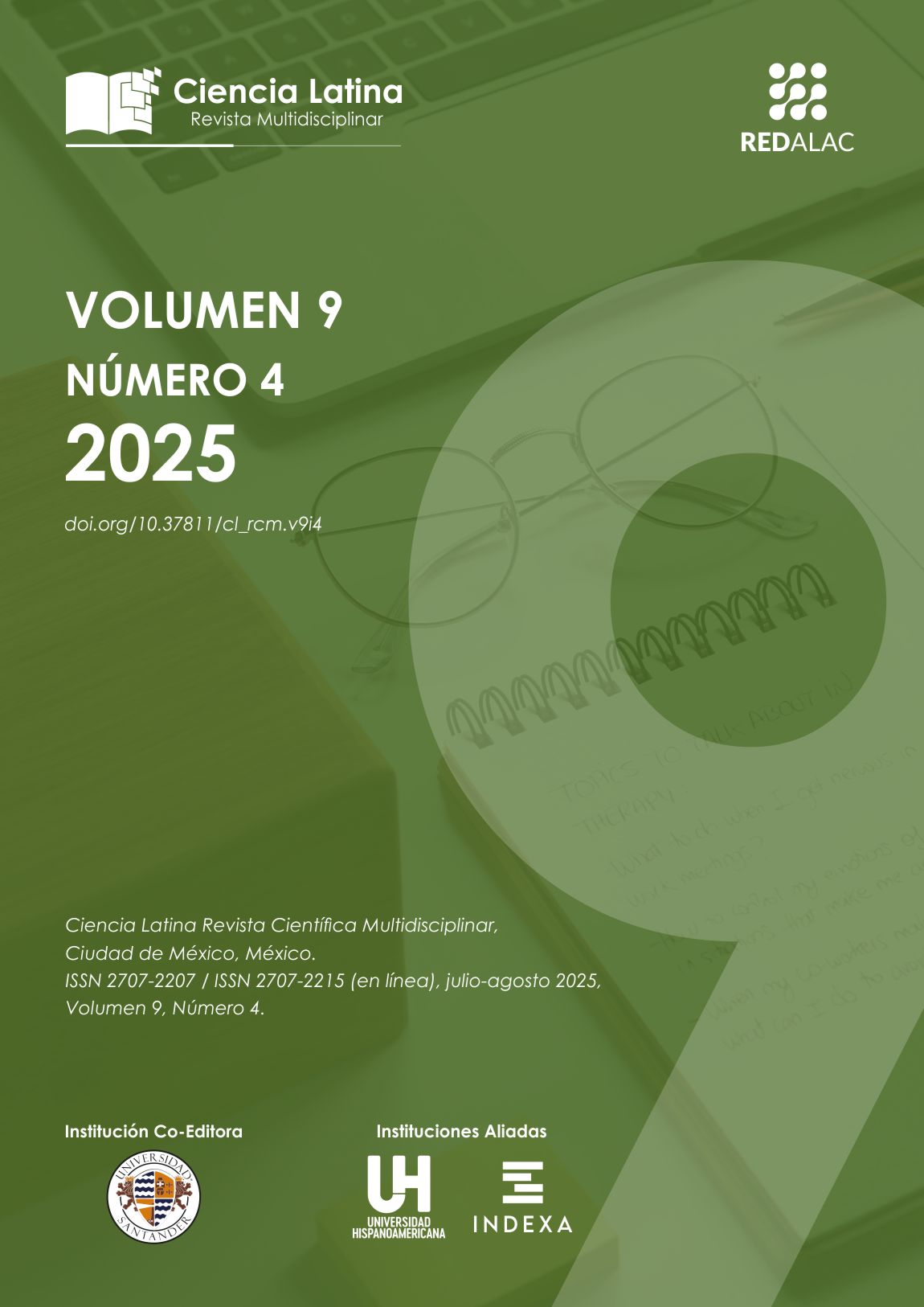





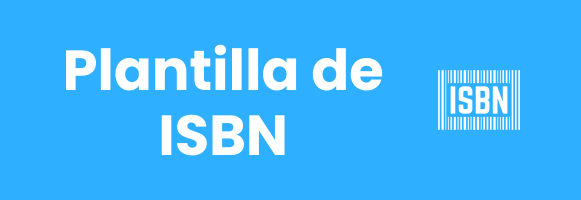
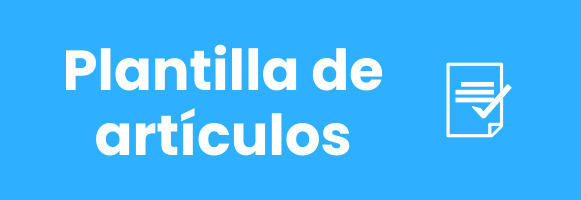



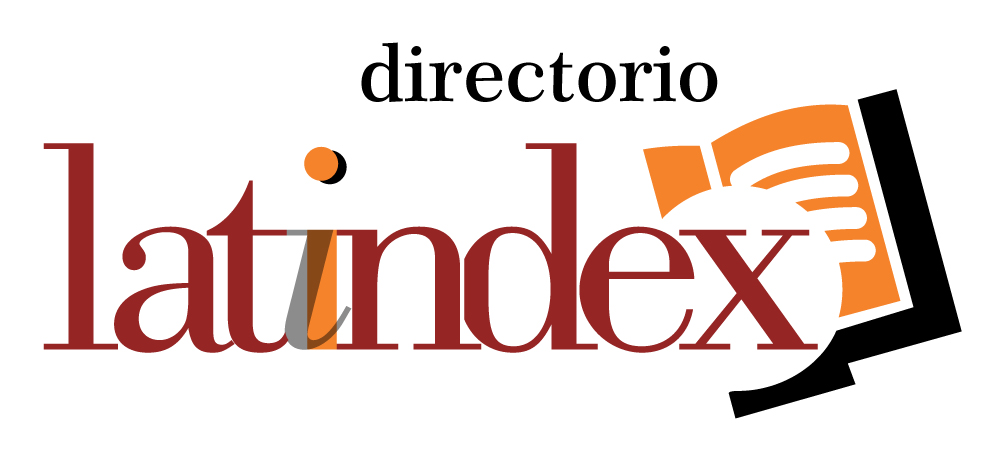
.png)








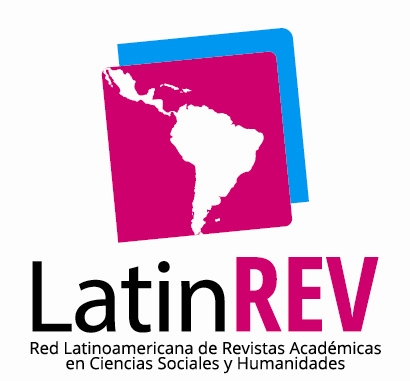

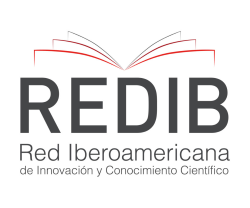


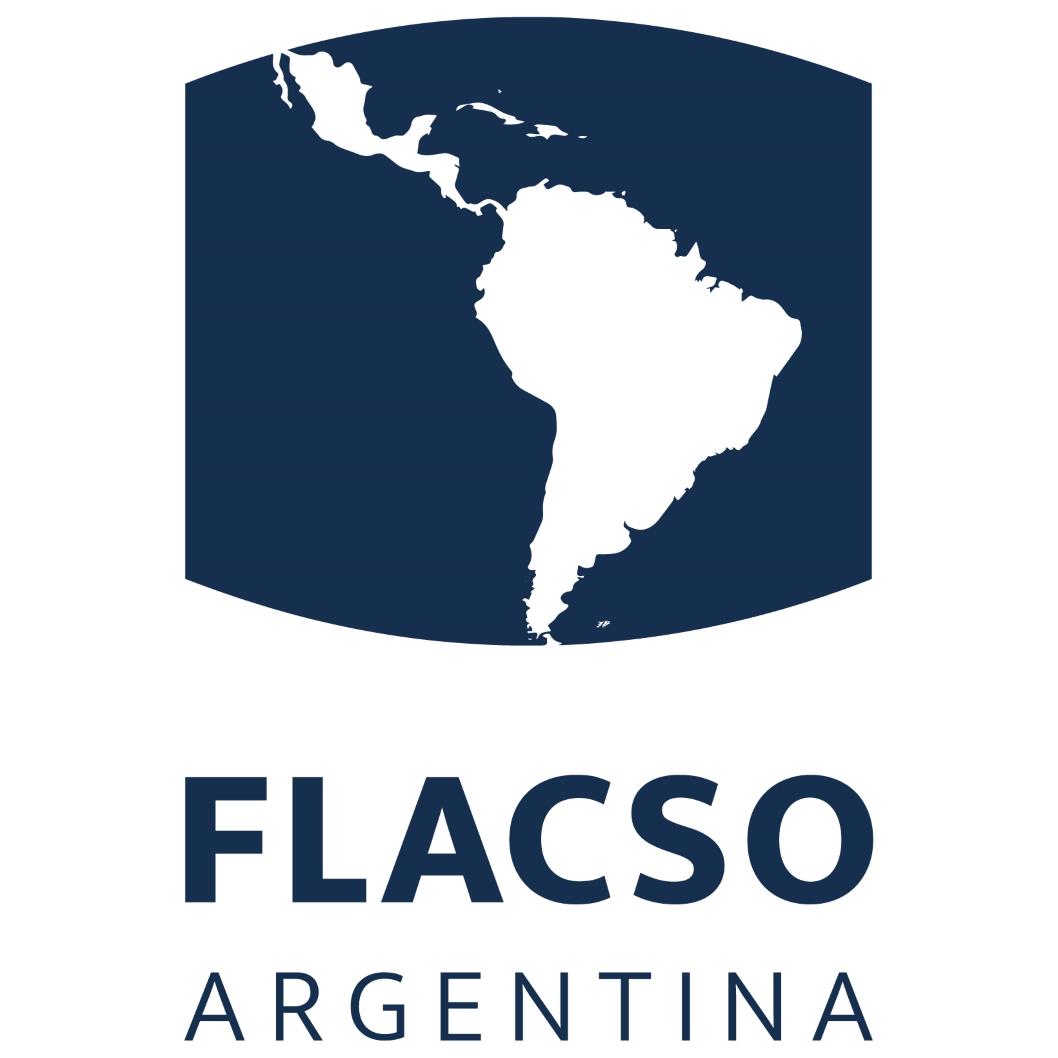


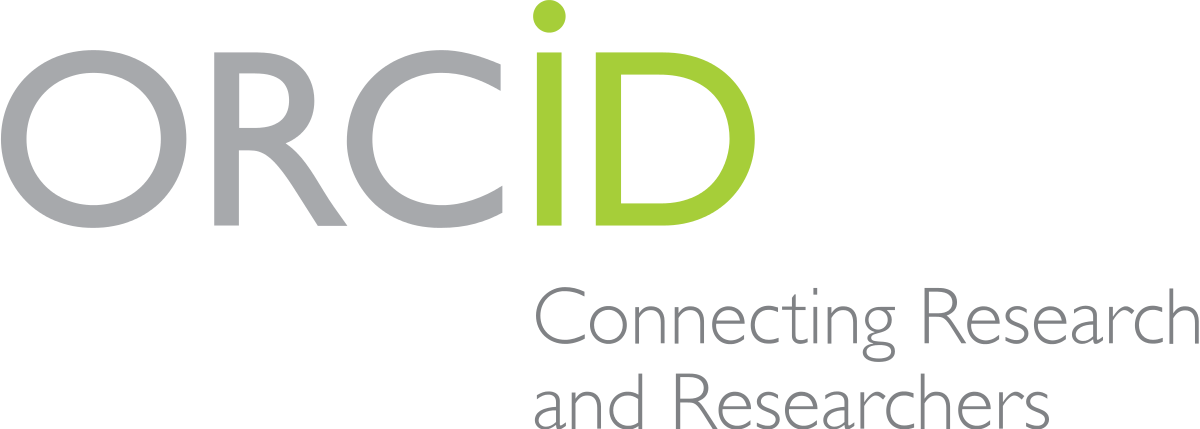



.png)
1.png)


